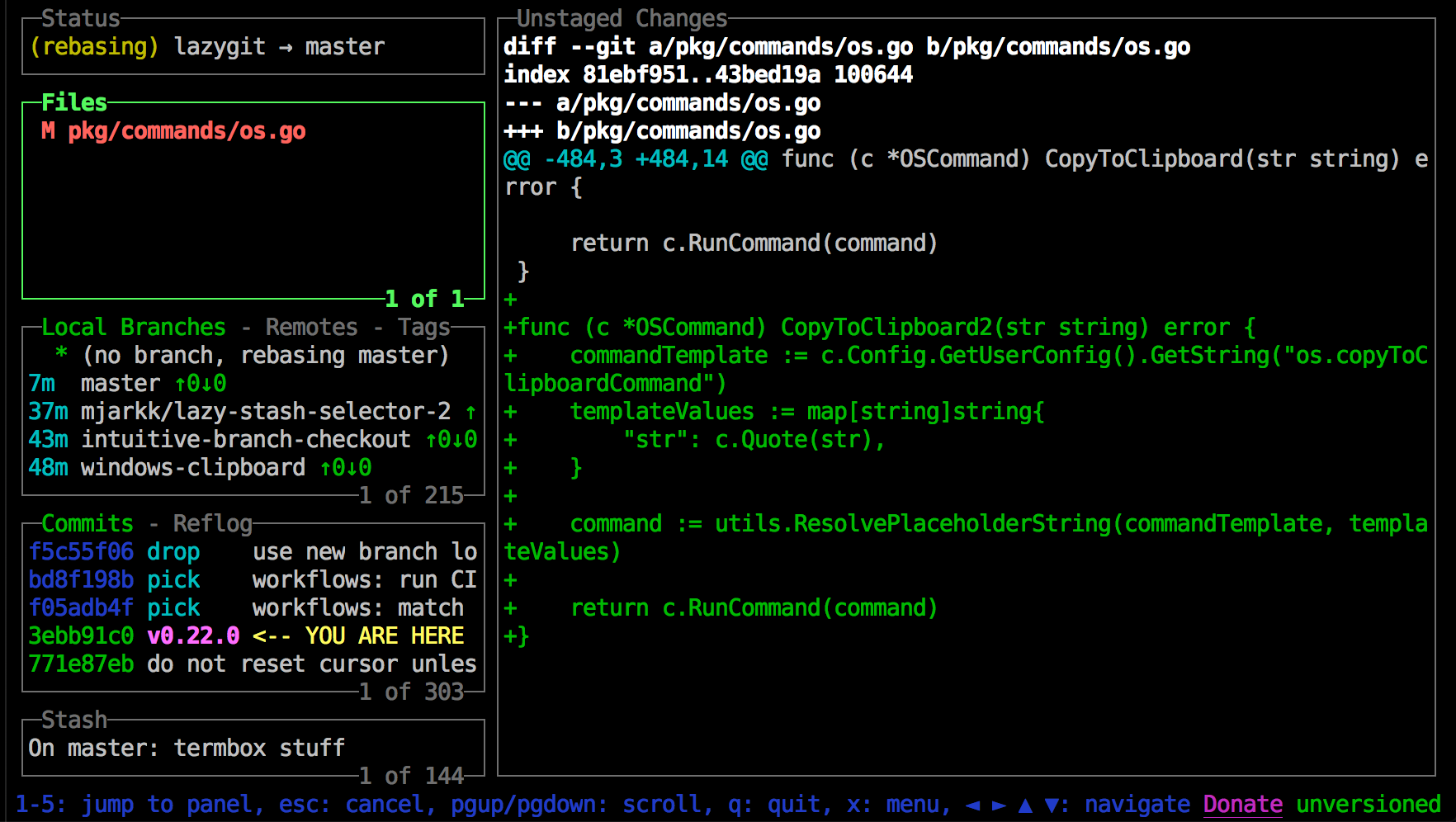

So why would you use a GUI tool like SmartGit? Well, if you are not a big fan of the command line, and you like to see the set of commands to use, then a GUI tool is for you. There are many more commands available, but these are the ones you will probably use most of the time. If you would like to clone your Beanstalk repository, you would enter something like this: the next step all you need to do is select a local path on your computer where you would like to clone the repository and you are done, you have setup your working copy.Īfter you have set up your working copy, you can easily fetch, commit, push, delete, merge, branch, and switch. To clone repository all you need to do is go to Project → Clone… and then enter your Repository URL or Local Directory, depending whether you have a remote or local repository. You can find information about generating SSH keys in our help section. Keep in mind that you will need to setup SSH keys. In order to use SmartGit, you still need some basic knowledge of how Git works, though SmartGit hides most of the complexity. To start using your Git repository, you need to clone your repository or open a working tree first.

I am not a fan of Java applications, but SmartGit was easy to setup, use and it’s available for Mac, Windows and Linux.
Git gui client mac install#
SmartGit is built on Java, so you need to install the Java Runtime Environment first. I have been trying out SmartGit for a month now and I would like to share my experience. Git is a fairly new version control system compared to Subversion, so there are not as many decent Git GUI tools out there.

Since March this year, Git support for Beanstalk is official and we’re trying to find GUI tools which could make life with Git easier for beginners.


 0 kommentar(er)
0 kommentar(er)
